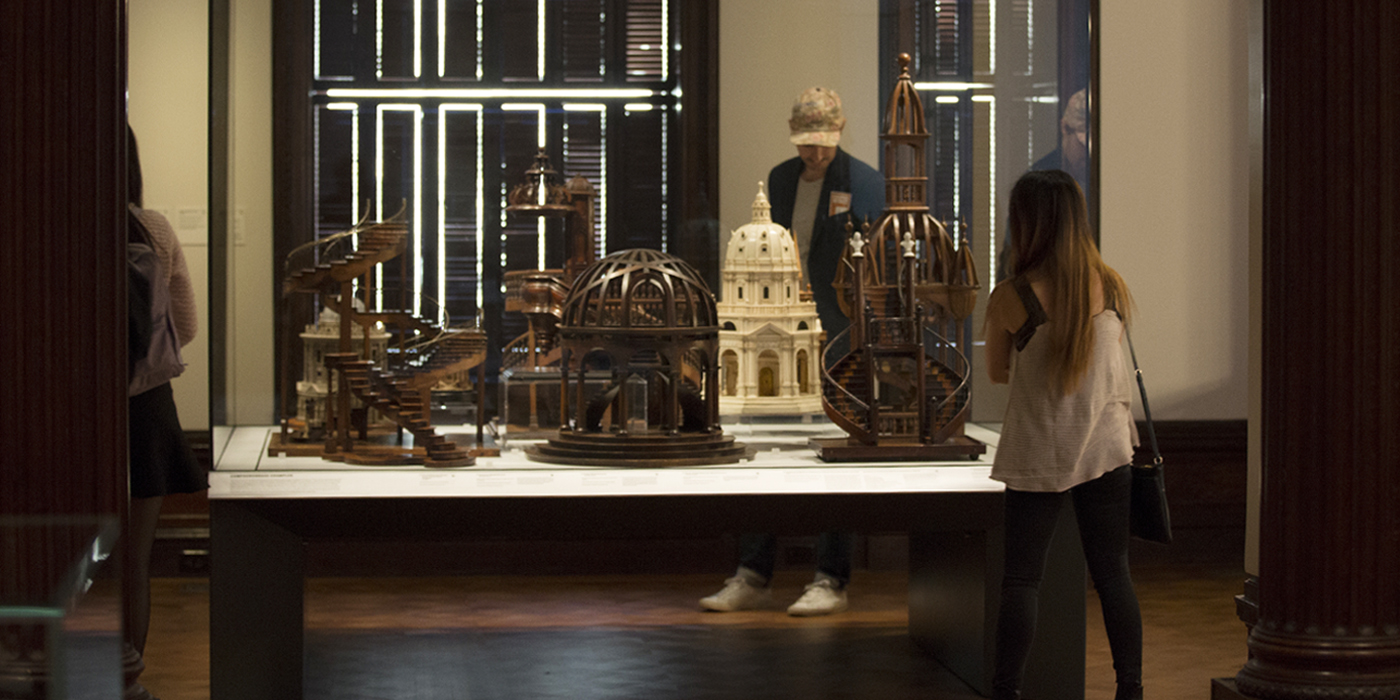Models & Prototypes Gallery

Models are 3D representations of ideas that:
- Demonstrate the design process
- Test concepts and resolve problems
- Enhance presentations
- Display complex technical skills
For the opening installation, the gallery presents the exceptional 18th- and 19th-century models of staircases and some significant architectural models donated to Cooper Hewitt by Eugene V. and Clare E. Thaw. The models represent a range of design styles and techniques, but most of the staircase models were designed in the compagnonnage tradition.
Compagnonnage, meaning “group of companions,” is a type of design practice that combined formal study with practical training from masters. Apprentices honed their skills in a workshop during the day, taking courses in the art of geometrical drawing and design in the evening, living together in a boarding house.
First, concepts were taught, then the handiwork, both of which became increasingly sophisticated. Each successful member made a “tour de France,” working and studying under masters in major cities.
At each stage of the learning process (acceptance, reception, mastership), apprentices created models, leading them to become masters of their craft and design.
Most of the staircase models produced in this tradition were made by masters of woodworking—joiners, cabinetmakers, and/or carpenters.
Collection Online
Explore all the objects in the exhibition through our online collection interface.